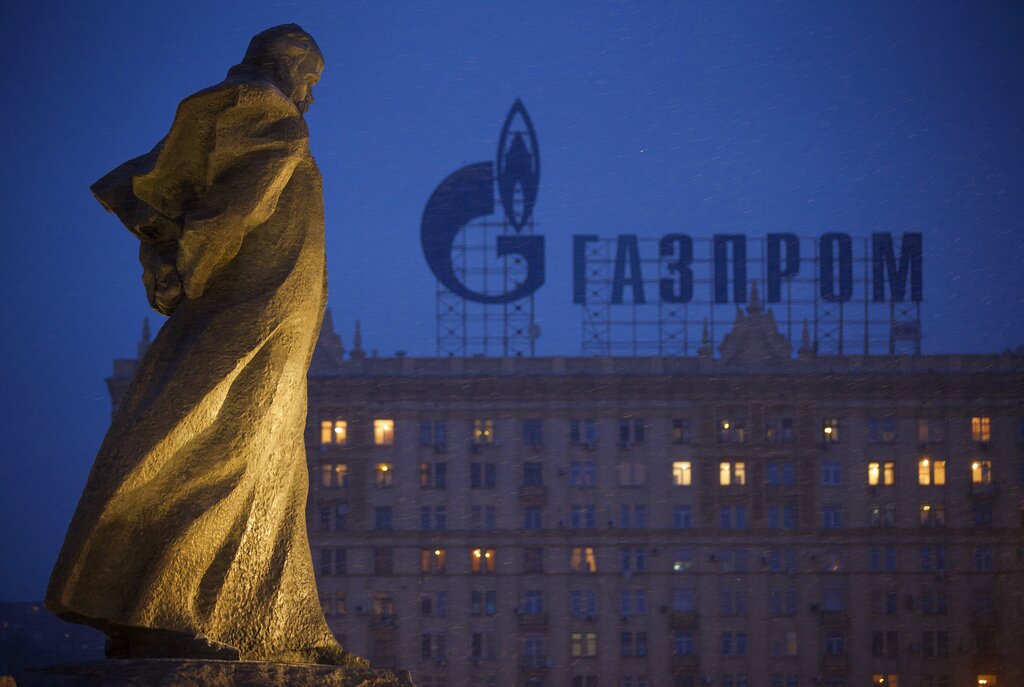Russia Uses State Energy Giants to Reinforce Its Grip on Central Asia

The Kremlin is using Gazprom as a tool of geopolitical influence in Central Asia, offering significant investments in gasification and energy projects.
The Gaze reports on this, citing the Center for Countering Disinformation.
During Russian President Vladimir Putin’s visit to Kyrgyzstan, Gazprom announced over $400 million in funding for a program to gasify the country’s regions.
The Russian government claims the project will raise the gasification level to 42% and also plans to participate in the construction of power plants, including the country’s first nuclear power plant.
In Russian propaganda, these initiatives are presented as a demonstration of “Russia’s greatness” and an example of “mutually beneficial cooperation” with allies in the CSTO. In reality, the Kremlin uses energy projects to increase the economic dependence of post-Soviet countries on Russia and create a mechanism for political pressure.
“The Kremlin consistently uses energy as a ‘geopolitical’ weapon, trying to get countries hooked on ‘gas’ so they can later be forced by blackmail to make political decisions favorable to the Kremlin,” the report states.
Despite losing European markets and suffering record losses after the full-scale invasion of Ukraine, Russia continues to use gas as a “geopolitical weapon,” pressuring neighboring countries to achieve its political goals.
Although the volumes supplied to the region represent only a fraction of former European deliveries, for Russia this provides a quick solution to the problem of finding new markets, while for Central Asian countries it is a stable source of gas.
“Most likely, Gazprom views its expansion into Central Asia as a partial and immediate solution to the challenge of finding new markets for its gas,” said Shaimerden Chikanayev, a partner at GRATA International, a law firm. “While the region cannot fully replace the volumes or profit margins previously achieved in Europe, it offers a readily accessible and stable outlet for Russian gas exports.”
Gas prices in the region are significantly lower than in Europe, indicating that these supplies are political rather than purely commercial in nature.
“Russia could sell it to Central Asia at market prices, but this is the Russian approach towards its allies in the region,” Chikanayev added.
As The Gaze reported earlier, Serbia planned to sign a three-year agreement with Russia in October to import natural gas that would ensure annual supplies of 2.5 billion cubic meters, despite pressure from Western countries regarding EU sanctions.
Read more on The Gaze: The End Of The Last Empire: Will It Succeed On The Third Attempt?